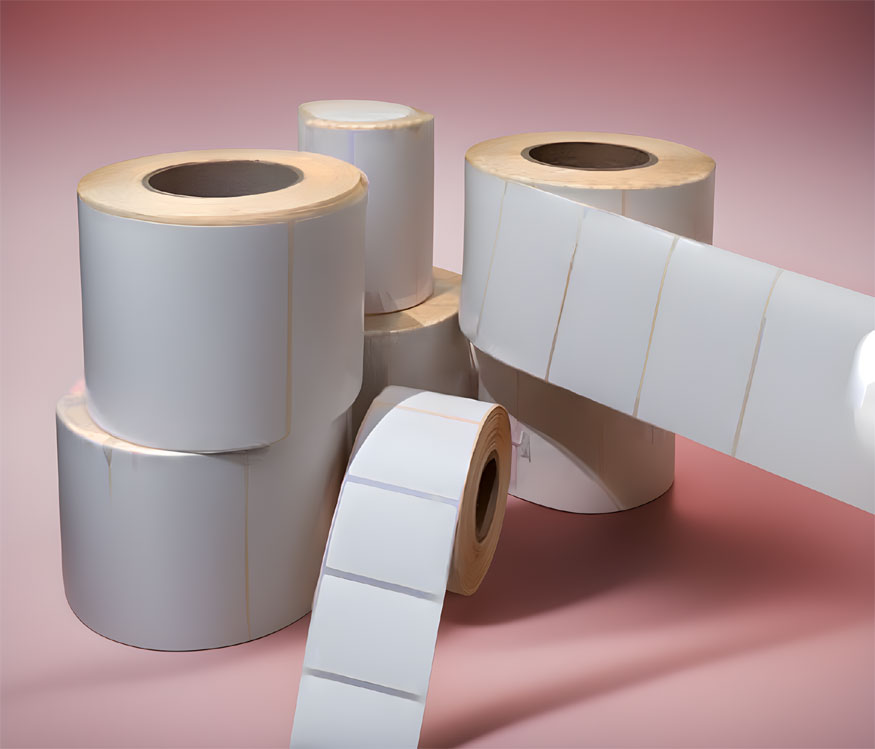
Printing Process: Thermal transfer printing involves using a thermal transfer ribbon (which can be wax, resin, or a combination) along with a heated print head. The ribbon is pressed against the label or tag, and the heat from the print head transfers the ink from the ribbon to the label material, creating the image.
Media: Thermal transfer labels can be made of various materials, including paper and synthetic materials. The use of different ribbon types allows for greater flexibility in terms of durability and resistance to environmental factors.
Applications: Thermal transfer printing is suitable for a wide range of applications, including product labeling, asset tagging, and compliance labeling. It is especially useful when more durable and long-lasting labels are required, as the print tends to be more resistant to environmental conditions.
Key Differences: Media Sensitivity: Direct thermal labels are sensitive to heat and light, which can lead to fading over time. Thermal transfer labels, on the other hand, are more resistant to environmental factors, making them suitable for longer-term applications.